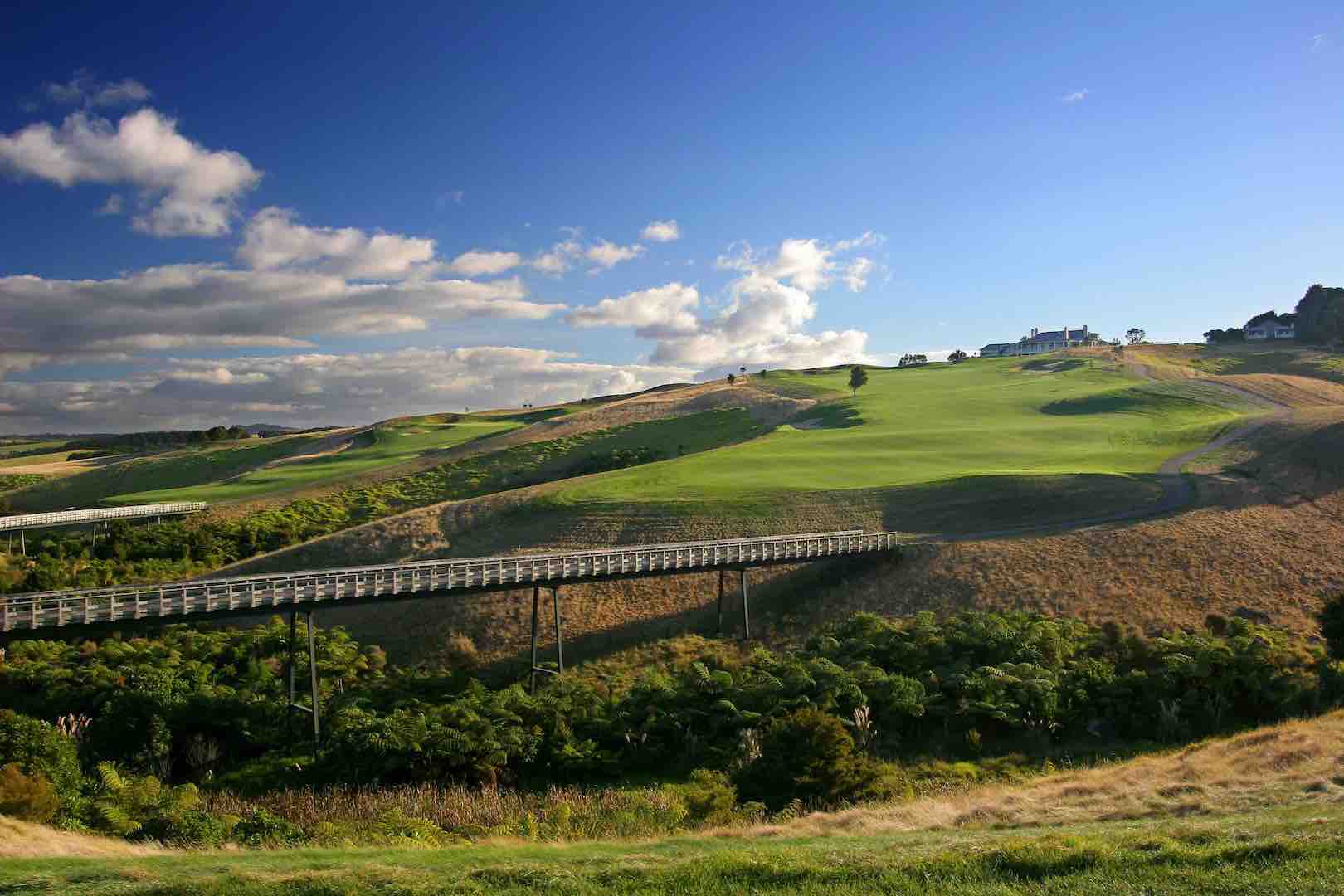Travel
Latest > Golfing in Andalusia
Sep 18th, 2017
Golfing in Andalusia
Get in there fast as the Americans are coming
Words: GolfPunk
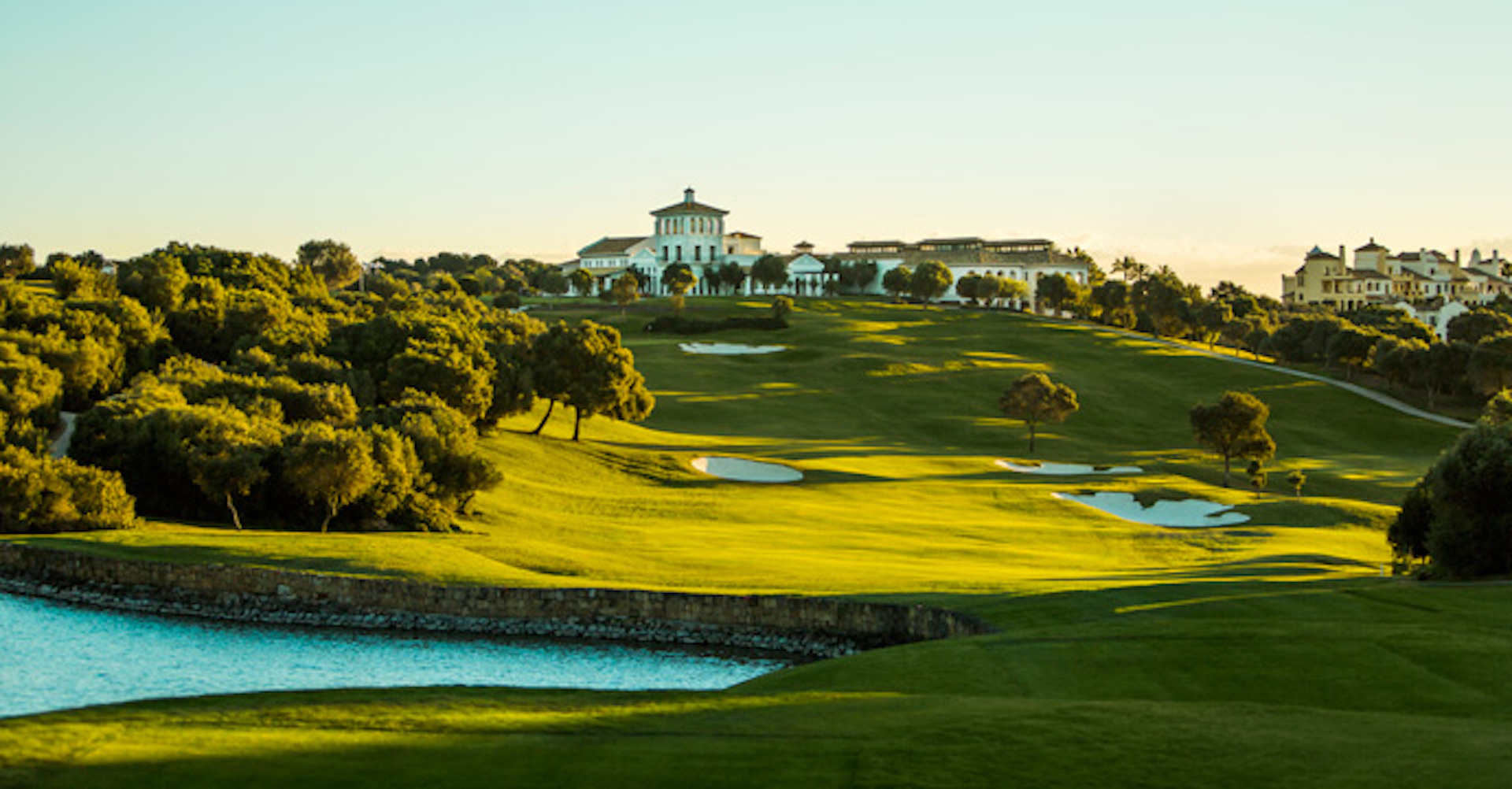 La Reserva at Sotogrande - lovely stuff
La Reserva at Sotogrande - lovely stuff
Treat yourself to a pre-emptive strike: direct flights from the USA to Malaga mean that Andalusian golf is now a target for American golf tourists. Now is the time for the redcoats to beat the Minutemen to the hallowed grounds of the best that Spanish Golf has to offer.
First up – you need help with some basic questions: ‘which one IS Sotogrande?’ sounds a simple enough question. But then the more learned seeker of truth might ask: ‘wasn’t Valderrama a Sotogrande course too?’ (‘Yes’ is the simple answer, ‘it’s complicated’ is far more accurate).
See; there’s so much good golf on offer but there isn’t a handy little book which explains where it all is and how to access it – go ahead, Google it all. And here you are back reading this. It is essential to get a local guide – your very own ‘Hawkeye’ – that can provide a knowledgeable turn-key service. Do not skimp in this area, you will regret it: treat yourself nice (to coin a phrase…) Sermon over, time for six of the best – golf porn at its finest.
Legend has it that Robert Trent Jones Senior smuggled a couple of sacks of Bermuda Grass sprigs into Spain in the early 1960s. The subsequent turf nursery lead, in turn, to the Real Club de Golf Sotogrande being designed and built on the Costa del Sol in 1964 and, just like RTJ’s Bermuda sprigs, something wonderful had taken root.
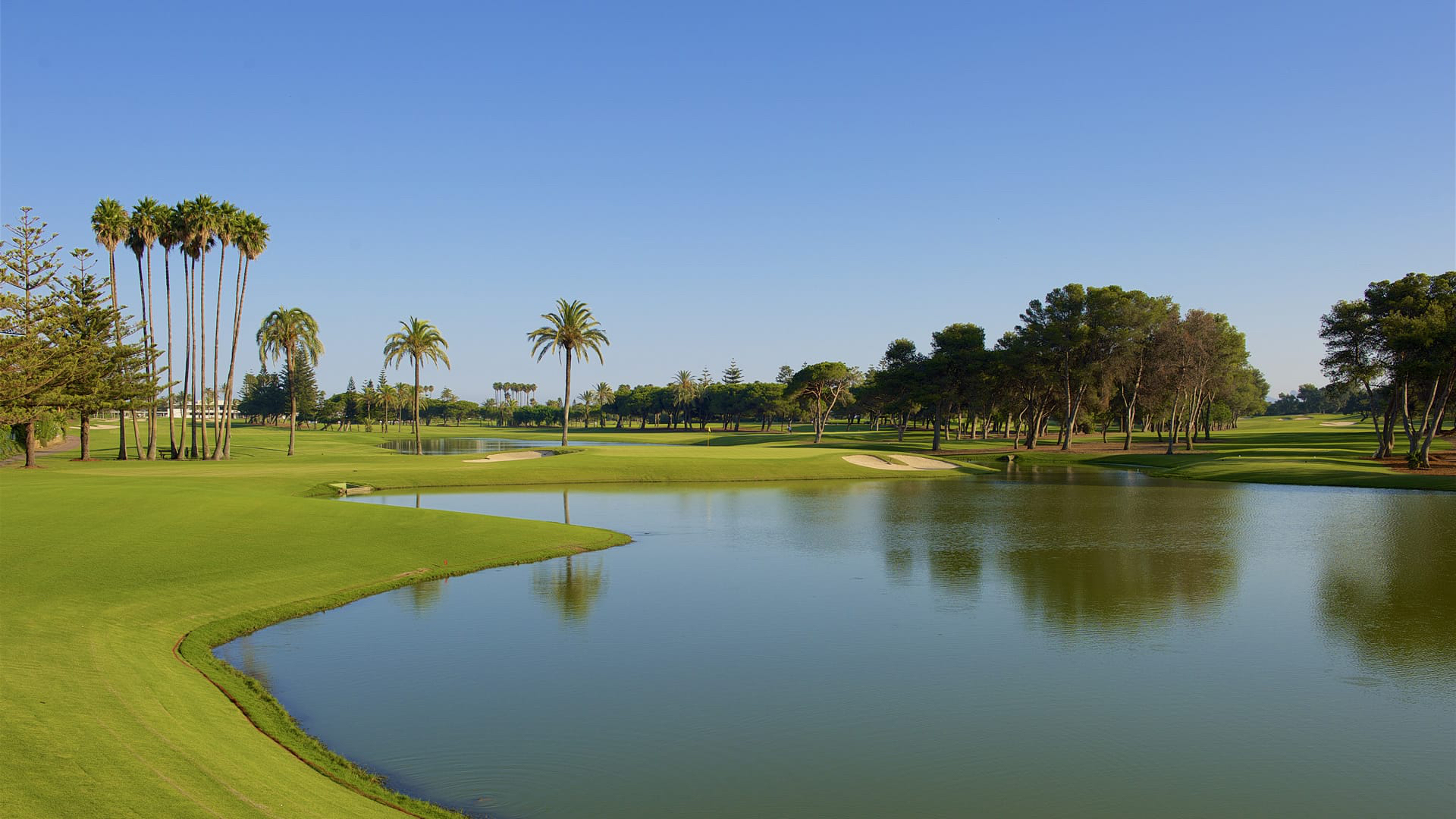 American style at Sotogrande
American style at Sotogrande
Sotogrande is very much an American style golf course – long, linear tees; penal bunkering and artificial water hazards abound. To consider the course as being an artificial imposition on the landscape would, however, be a mistake. Just as Augusta National looks as though it has always been there, so does Sotogrande. The natural landscape is one of arid, rocky outcrops interspersed with ancient olive groves and orchards; Sotogrande has taken that blueprint and made it suitable for golf.
And how. The tree-lined fairways present both a beautiful aesthetic and a punishing hazard. It is unlikely that you will lose a ball in the trees but, again like Augusta, escaping without dropping a shot is far from straightforward. The golf course manages to be both inviting and challenging at the same time. For the mid-handicap golfer Sotogrande would be a great place to start to a trip. The fairways are wider than many neighbouring courses, the greens are not quite so icy slick and the round builds to a grand crescendo as you come down the stretch. The trick of Sotogrande lies in the narrow entrances to greens and the very subtle contours once you are on ‘the dance floor’.
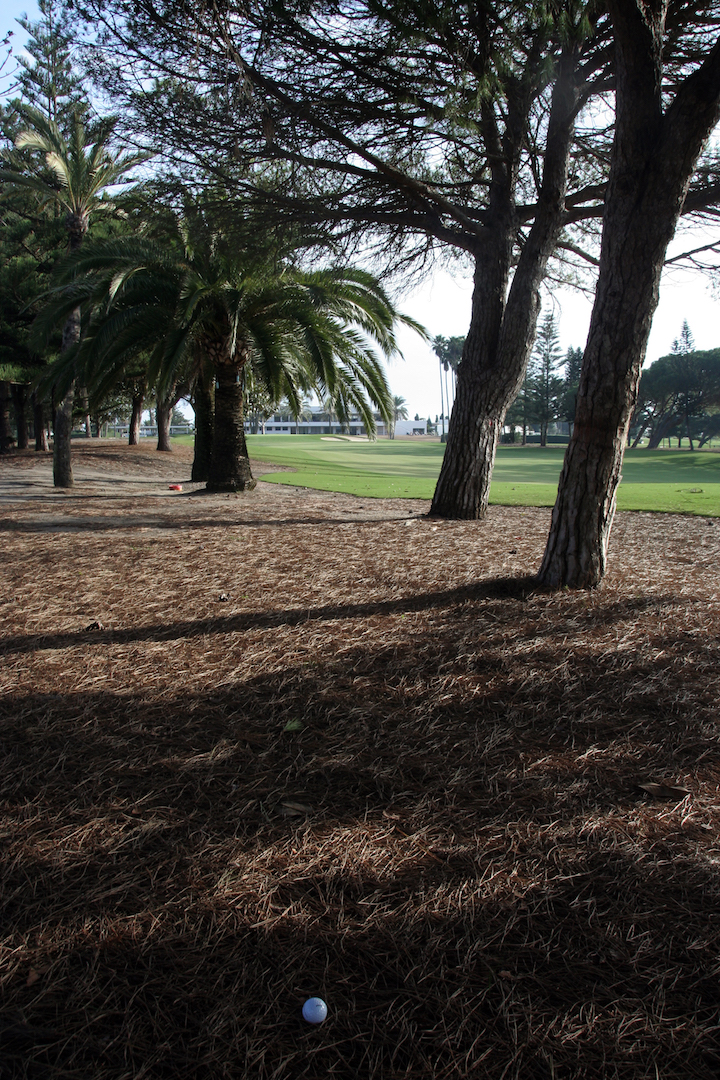 Sticking to the original script of Spanish Golf it would be rude not to make San Roque Old the next step. Designed by Dave Thomas (he of Belfry fame) and opened in 1990, it was part of the original ‘Golden Triangle’ of golf resorts in the Sotogrande area along with Valderrama and Sotogrande. It is truthful to say that the resort as a whole suffered a little bit during the omnishambles of global banking; but the current evidence of new building and escalating real estate prices demonstrate a continuing desire for San Roque property.
Sticking to the original script of Spanish Golf it would be rude not to make San Roque Old the next step. Designed by Dave Thomas (he of Belfry fame) and opened in 1990, it was part of the original ‘Golden Triangle’ of golf resorts in the Sotogrande area along with Valderrama and Sotogrande. It is truthful to say that the resort as a whole suffered a little bit during the omnishambles of global banking; but the current evidence of new building and escalating real estate prices demonstrate a continuing desire for San Roque property.
There is very much to like about the Old Course at San Roque – the poetically monickered (and bitchingly penal) Alcornoques (cork oaks) abound throughout the property and are the course’s main line of defence. There are similarities to The Belfry in so far as the mature trees allow for strategic and challenging doglegs. There the similarity ends: this is a superior golfing experience in almost every other respect and not an electricity pylon in sight (and no Banks’s Mild either). Tees are very well thought out – they are also in excellent condition. The greens cannot be faulted and the fairway bunkering is well considered – not simply a hazard dropped into place but designed to offer the options of courageous long iron to the green or a stoic sand wedge back onto the fairway. The answer of course is to go for it – be epic.
 Old Course San Roque
Old Course San Roque
In terms of infrastructure and positioning in the market, the New at San Roque sits alongside the Old in terms of conditioning and quality. However from our group’s perspective it bullies its older brother; Perry Dye knew what he was doing it when he designed it ready for a 2005 opening.
 New course San Roque
New course San Roque
For a start San Roque New is much tighter than the other courses listed; miss a fairway here, there is a very real chance of a lost ball although, to ease the speed of play, such areas are classed as lateral water hazards (moist in most senses of the word). The tightness of fairways is mirrored by the landscape in which the course is laid out – steep barrancas and deep valleys offer views across the entire Sotogrande region and such precipitous geography is replicated in the well-defined mounding around the course. All of which makes the New course at San Roque feel very personal with each hole slowly presenting itself as you progress along it. This course is more a dance of a thousand veils than a brazen hussy stripper.
The individual nature of each hole is apparent from the outset – except for the feature holes around the water hazards which abut each other – and although cart paths are there, they are very much hidden and rightly so. This course is built for walking, it is so photogenic and full of little surprises that to rush round it in a cart would be an injustice. Despite the very Mediterranean scenery and the American penchant for fairway mounding, this course seems somehow more English. The smaller greens and the reward offered for well struck pitch and run shots give San Roque New a variety that perhaps the other courses do not. San Roque New is challenges the very best courses in Europe and with an increased maintenance budget could surpass most. Excellent value for money.
Course three offers the chance to break out the stogies and soak up the opulence - Finca Cortesin, the 2017 winner of www.leadingcourses.com Best Golf Resort in Europe award. Seriously, this place deserves it. In terms of quiet opulence and attention to detail, the golfing experience at Cabell Robinson’s Finca Cortesin cannot be bettered. Nothing – absolutely nothing – has been spared in the master planning at the resort: the landscaping is on a huge scale with massive rocks and civil engineering projects forming a suitable frame to a classy day’s golfing.
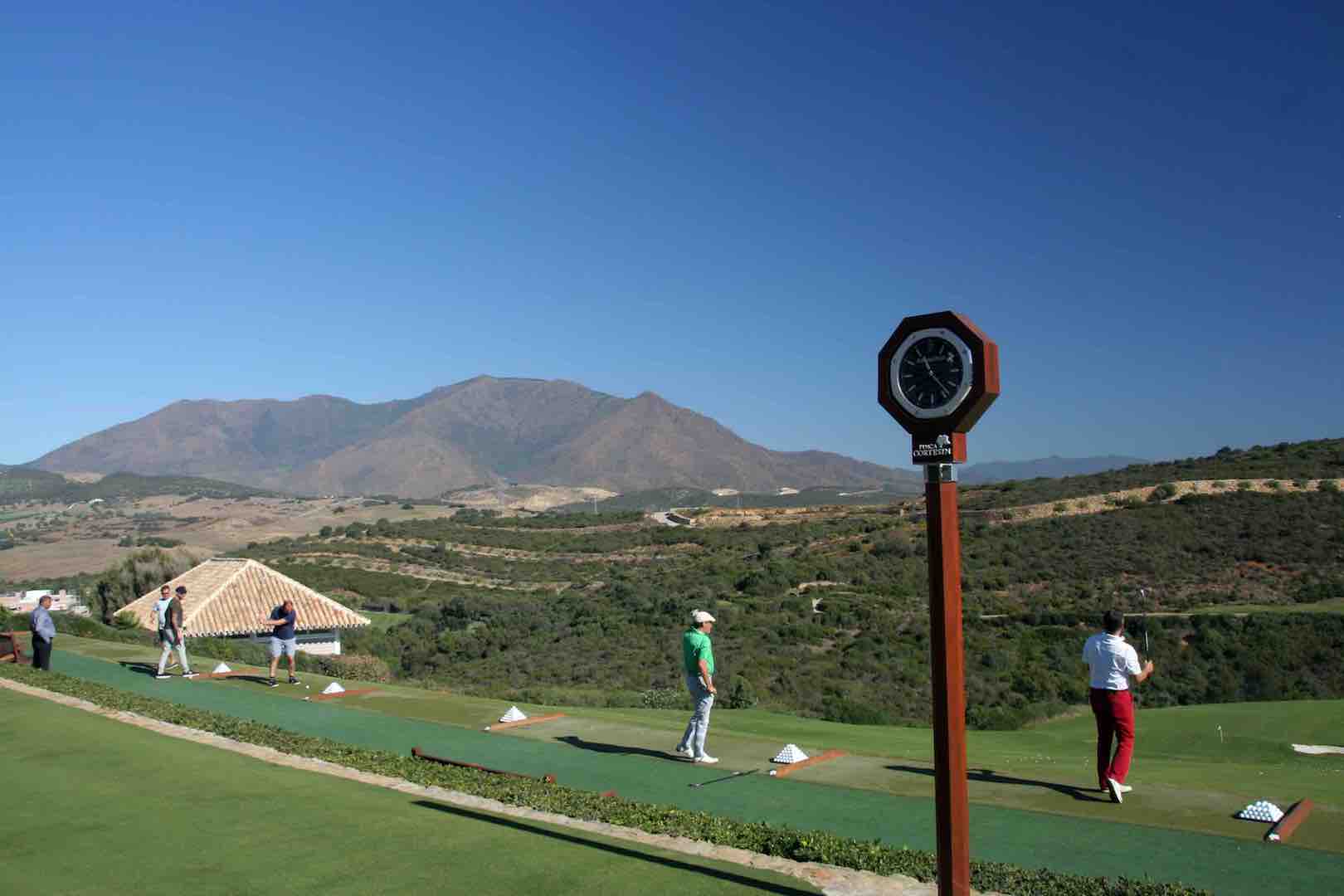 Even the drive into the property is breath-taking with ancient olive trees and fully laden pomegranate trees lining the route. Word of warning – olives need to be processed before they are edible, no photographic record exists of the author trying an olive from source but vile memory will forever endure.
Even the drive into the property is breath-taking with ancient olive trees and fully laden pomegranate trees lining the route. Word of warning – olives need to be processed before they are edible, no photographic record exists of the author trying an olive from source but vile memory will forever endure.
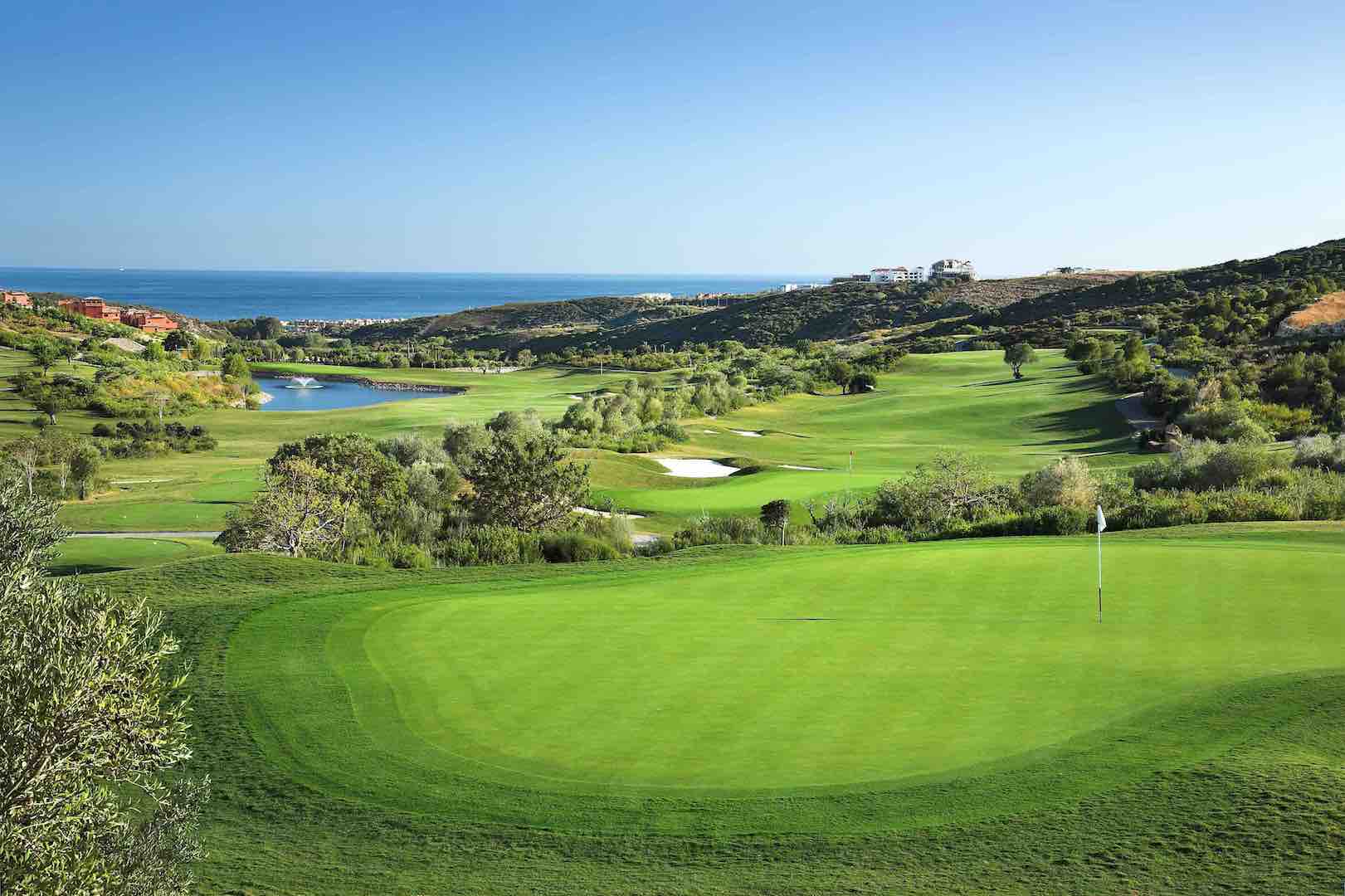 Having hosted three Volvo World Matchplay Tournaments between 2009 and 2012 it is clearly a stern test and very high quality but there is a very clever difference about Finca Cortesin – each set of tees really does offer a different experience and perspective. Playing from the second longest set of tees the course looks massively difficult but, if you have a half decent driving game, it is nowhere near as hard as it looks. Play the same course off the back tees and not only do the drives become a good deal more exacting, the second shot throws up an entirely new set of considerations. Similarly the shorter tees still offer golf that requires a lot of thought and precise course management. This golf course genuinely fulfils the oft cited (mostly disingenuously) ‘challenge from every tee’. Every single hole is also an individual experience; there are not open views across the rest of the course offering glimpses of what has passed and what is to come. The holes can all be enjoyed in glorious isolation..
Having hosted three Volvo World Matchplay Tournaments between 2009 and 2012 it is clearly a stern test and very high quality but there is a very clever difference about Finca Cortesin – each set of tees really does offer a different experience and perspective. Playing from the second longest set of tees the course looks massively difficult but, if you have a half decent driving game, it is nowhere near as hard as it looks. Play the same course off the back tees and not only do the drives become a good deal more exacting, the second shot throws up an entirely new set of considerations. Similarly the shorter tees still offer golf that requires a lot of thought and precise course management. This golf course genuinely fulfils the oft cited (mostly disingenuously) ‘challenge from every tee’. Every single hole is also an individual experience; there are not open views across the rest of the course offering glimpses of what has passed and what is to come. The holes can all be enjoyed in glorious isolation..
A part of the Sotogrande Club, La Reserva is another Cabell Robinson design – this time from 2003. Comparisons to Finca Cortesin finish there though, this is a very different course altogether. No less classy or testing but a completely different style – best bring a slightly different game if scoring well is your thing.
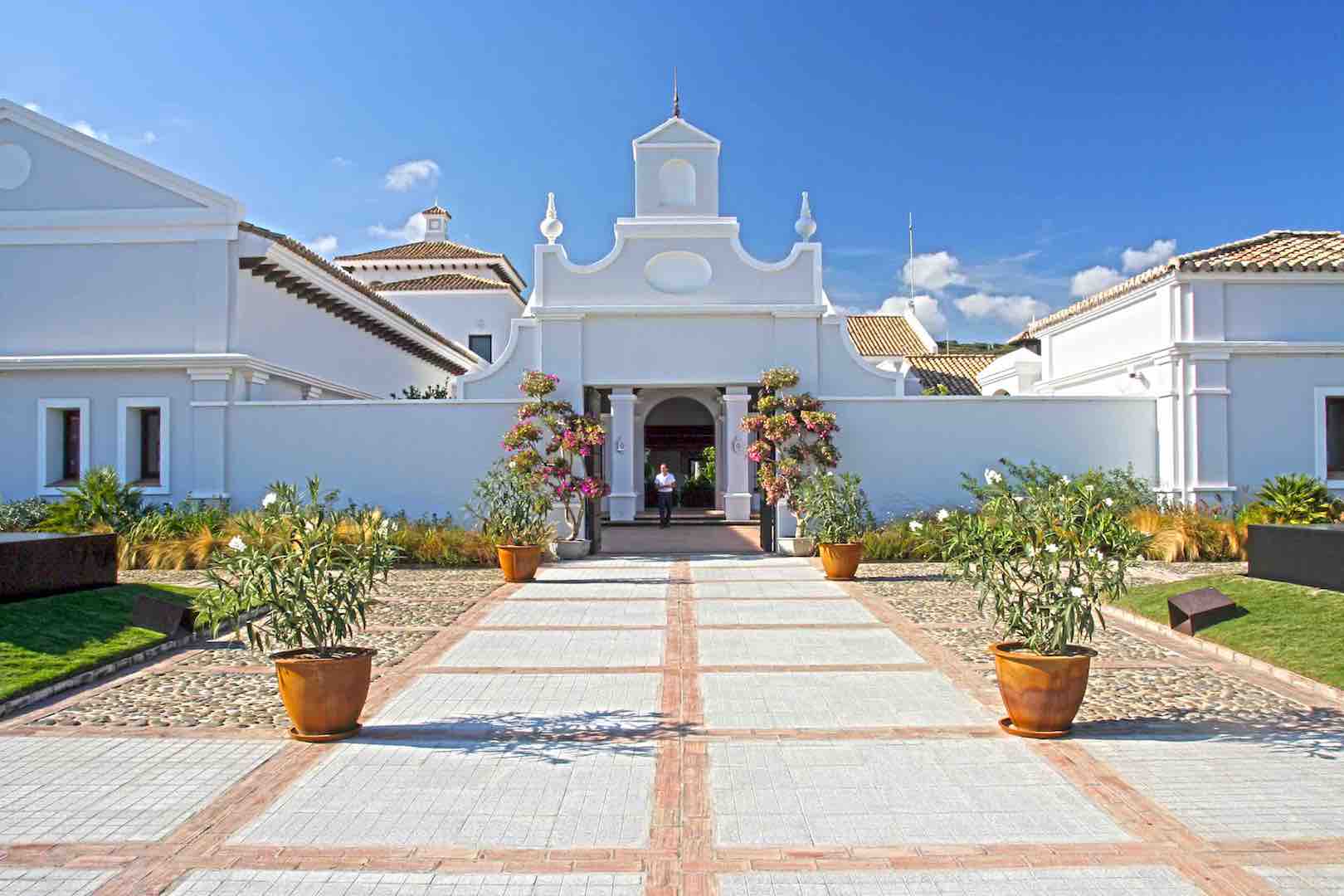 The vistas are much more open and glimpses of other holes abound, making it a less claustrophobic but slightly less photogenic experience. The course management required to get around La Reserva is mentally exhausting; pack some Pro-Plus for the brain. For example the long, par five, 11th provides an opportunity to cut the corner from the tee but take too much and you will be bitten. Hard. Even if successful with the drive, the second shot presents a ‘make it or die’ conundrum (although laying up is perfectly feasible, if a little limp). For the record: big drive, five wood to 10 feet, missed the eagle putt: get it up ya.
The vistas are much more open and glimpses of other holes abound, making it a less claustrophobic but slightly less photogenic experience. The course management required to get around La Reserva is mentally exhausting; pack some Pro-Plus for the brain. For example the long, par five, 11th provides an opportunity to cut the corner from the tee but take too much and you will be bitten. Hard. Even if successful with the drive, the second shot presents a ‘make it or die’ conundrum (although laying up is perfectly feasible, if a little limp). For the record: big drive, five wood to 10 feet, missed the eagle putt: get it up ya.
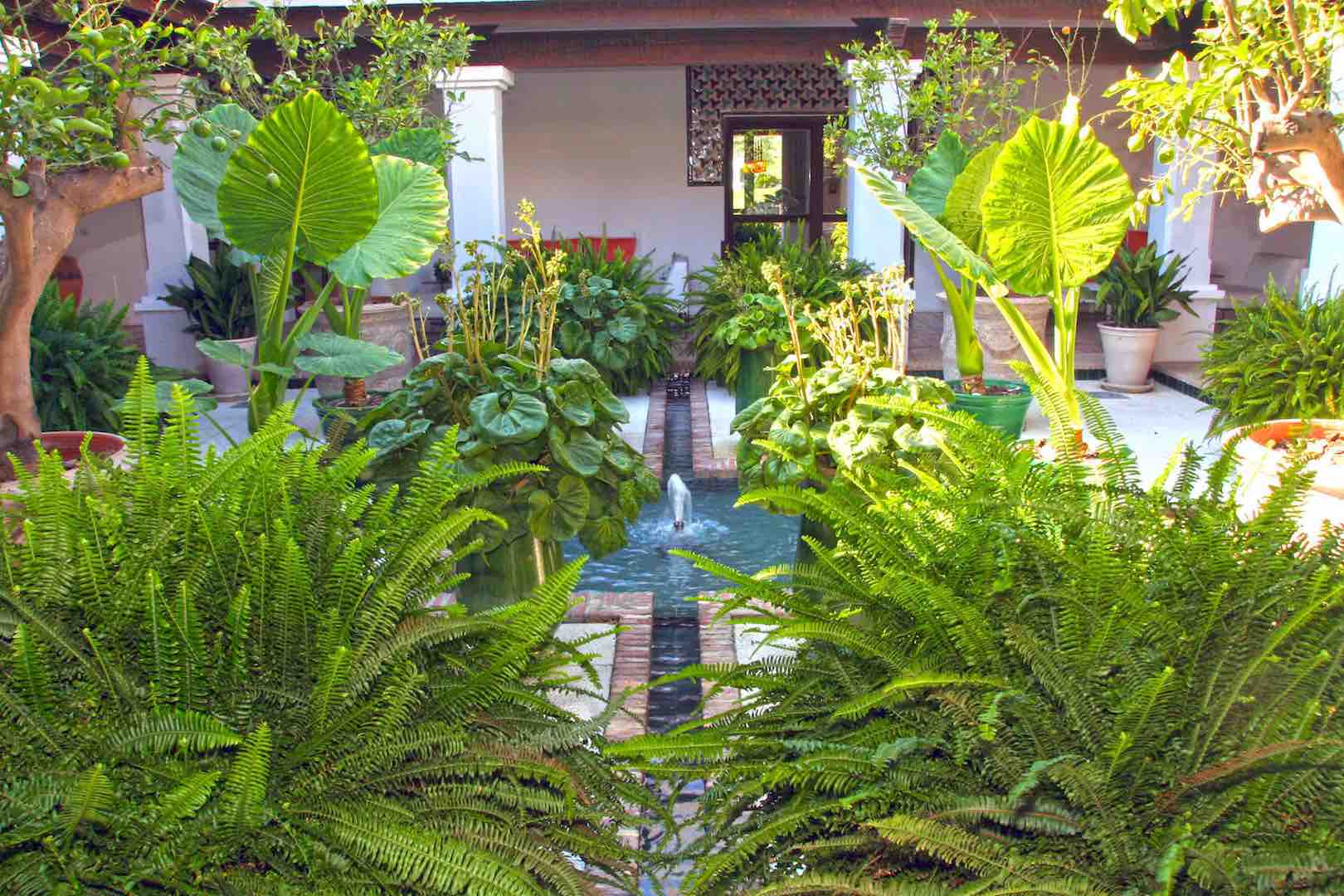 The course is played in two valleys so the holes are generally either with or against the prevailing wind – the option for meandering in different directions simply was not there. In fact the ‘with or against the wind’ element makes the yardage of the course interesting – some holes play much shorter, others much longer. Thus the ubiquitous touch-screen GPS in the buggy was often to be sworn and scowled at.
The course is played in two valleys so the holes are generally either with or against the prevailing wind – the option for meandering in different directions simply was not there. In fact the ‘with or against the wind’ element makes the yardage of the course interesting – some holes play much shorter, others much longer. Thus the ubiquitous touch-screen GPS in the buggy was often to be sworn and scowled at.
Where La Reserva scores very highly is the bunkering. The ‘cookie-cutter’ placement of fairway bunkers that plague so many lesser courses is not to be found here. The distance of traps from the tee vary according to the wind, the slope and, above all, the strategy that the golf course architect had in mind. The same is true of greenside bunkering – pin positions can be absolutely crucial to a good or indifferent round. It is probably because the bunkering is so good that the greens did not need to have deflecting or gathering slopes built into them to protect the pin; thus the greens are able to throw up their own challenges to even the best of putters.
With Ryder Cup pedigree and many PGA Tour events, the fame of Valderrama precedes it everywhere. The actual playing of it exceeds expectations – despite what some keyboard warriors have said on other sites.
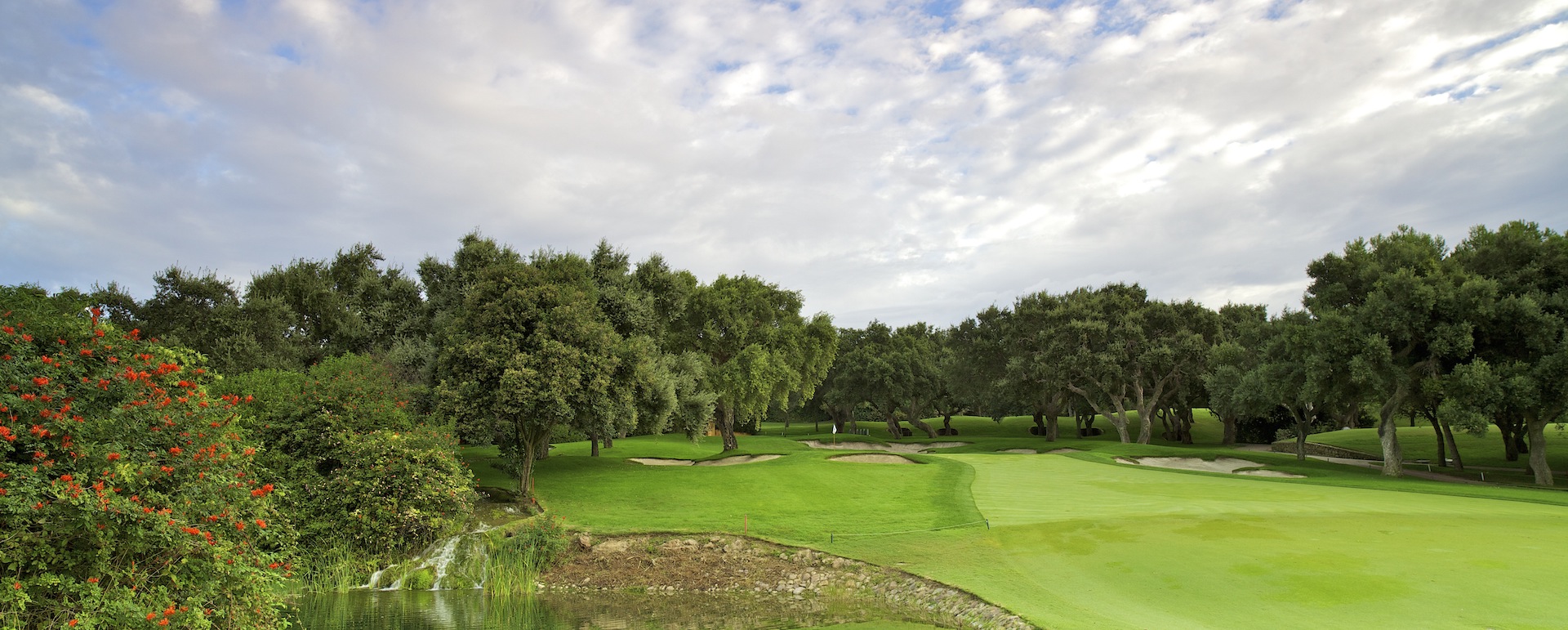 Widely regarded as the best conditioned course in Europe, a divot often feels like a criminal act – even in November it was in superb condition. But Valderrama is far more than a well-tended turf nursery – the strategy required to get around this golf course is phenomenal: golf here really is played between the ears.
Widely regarded as the best conditioned course in Europe, a divot often feels like a criminal act – even in November it was in superb condition. But Valderrama is far more than a well-tended turf nursery – the strategy required to get around this golf course is phenomenal: golf here really is played between the ears.
 Like Finca Cortesin, the different tee options really do offer up different golfing experiences. From the yellow ‘Executive’ tees the course is eminently playable yet by no means a pushover and strategy is everything; from the whites, ‘Championship’, the task is more vexing – still strategic but a good deal more penal; the black tees, ‘Pro’ (positively illegitimate – in the parental sense – to most of us) retains the strategy, increases the penal element and often demands the heroic. Thus Valderrama takes the best of Finca Cortesin, La Reserva and Sotogrande, shapes it beautifully and adds even greater use of the Alcornoques Trees to complete the near perfect test of golf.
Like Finca Cortesin, the different tee options really do offer up different golfing experiences. From the yellow ‘Executive’ tees the course is eminently playable yet by no means a pushover and strategy is everything; from the whites, ‘Championship’, the task is more vexing – still strategic but a good deal more penal; the black tees, ‘Pro’ (positively illegitimate – in the parental sense – to most of us) retains the strategy, increases the penal element and often demands the heroic. Thus Valderrama takes the best of Finca Cortesin, La Reserva and Sotogrande, shapes it beautifully and adds even greater use of the Alcornoques Trees to complete the near perfect test of golf.
 The challenge that Valderrama presents is immediate: the very first hole demands a strategy to be decided upon the tee and this depends on pin position some 350 metres away. If it placed front right then the bunker protecting it will need to be negotiated and thus a long drive to the left side of the fairway is required. If the pin is to the left then a shorter drive to the right is needed in order to avoid the encroaching Cork Oak forty metres or so short of the left edge. Are you good enough? Probably not but then neither were we and we loved this place.
The challenge that Valderrama presents is immediate: the very first hole demands a strategy to be decided upon the tee and this depends on pin position some 350 metres away. If it placed front right then the bunker protecting it will need to be negotiated and thus a long drive to the left side of the fairway is required. If the pin is to the left then a shorter drive to the right is needed in order to avoid the encroaching Cork Oak forty metres or so short of the left edge. Are you good enough? Probably not but then neither were we and we loved this place.
It is the flow of fairways and the encroaching trees that provide the sternest challenge – what might be thought a perfect drive while standing on the tee can end up stymied by a tree that was not even considered with driver in hand. If new age, Zen thought has any place in golf then Valderrama is the place for it – somehow the need to become immersed in the entire experience seems necessary if a good score is to be made. Valderrama is magical and the ease with which it can be walked rather than driven, makes it even more of a pleasure.
For an excellent, very detailed analysis of slope rating, difficulty and likely scoring on all six courses visit http://gingerbeergolftravel.com/sotogrande-course-comparison/
Thanks to Chris (our very own Hawkeye) at http://gingerbeergolftravel.com/spains-finest-golf-courses-offer/ for making this trip of a lifetime possible.
The Greet
How do the clubs stack up as a complete experience?
Sotogrande: From the moment that you arrive at the private members’ club you are taken care of. From car park to clubhouse to first tee, the attention to detail is noticeable yet not overbearing. The immense height of the palm trees and the classy (somehow less brash) nature of the ubiquitous real estate lets you know that this place was the original. At Sotogrande, ‘old money’ is in charge. The Club, the course, the strategy required – everything – can be summed up simply: mature and classy.
San Roque (Old and New): There is a DIY feel about the experience at San Roque (Old and New) and perhaps it has fallen a little behind the other members of the Golden Triangle in terms of opulence. Once you have found your way to the caddie master, you are taken care of but until then you are on your own. Great value breakfast on offer though – all you can eat for 11 Euros at The Suites at San Roque. We had our money’s worth, no danger.
Finca Cortesin: A cart is more or less essential given the distances between greens and tees; but even the diehard ‘carrier’ will be happy to ride, the views alone will see to that. Add to this the personal service (being met in the car park and throughout the round by friendly and helpful, yet by no means obsequious staff members) and Finca Cortesin lives up to the reputation that it has been building upon since opening in 2006. With free fruit on the first tee, what’s to stop you going to live the dream? Clearly you’re worth it.
La Reserva: This is, like Finca Cortesin, the perfect modern golfing experience and the attention to detail provided by staff and infrastructure will leave you feeling like the most important person on the property. It takes a little getting used to – but not too much… After a while the personal service becomes the norm and everything that you might want seems suddenly to be there. Just when you want it.
Valderrama: Estate Agents talk about properties having ‘flow’; Valderrama has flow. From car park to tee via shop, changing room and caddie master is flawless. Free water and fruit awaits you on the first tee and there is water every three holes thereafter along with frequent buggy bar visits. Understated grandeur is a good way to put it – just about perfect is another, especially as they clean your clubs after the round. You can walk this course easy enough and a pair of septuagenarian Japanese visitors did just that in three hours flat…
Balls, Beers and Coffees:
Sotogrande: The range is free and surface is grass but was a little bit scabby in November (a lot of work was underway). Good Beer = 4Euros, Coffee = 2Euros; free nibbles.
San Roque (Old and New): The range costs 1Euro for 15 balls and it is a second storey affair on synthetic grass. Good beer = 5.40Euros, Coffee = 2.50Euros; no nibbles.
Finca Cortesin: The range is free and surface is grass; excellent layout. Good Beer = 5.50Euros, Coffee = 3.50Euros; a cornucopia of free nibbles.
La Reserva: The range is free and surface is grass; excellent layout – best range on the trip. Good Beer = 4.50Euros, Coffee = 2.50Euros; free nibbles.
Valderrama: The range is free and surface is grass; limited to 45 minutes before kick-off but perfectly adequate. Good Beer = 6.00Euros, Coffee = 2.50Euros; free nibbles.
Related:
It's bucket list time with Cape Kidnappers

